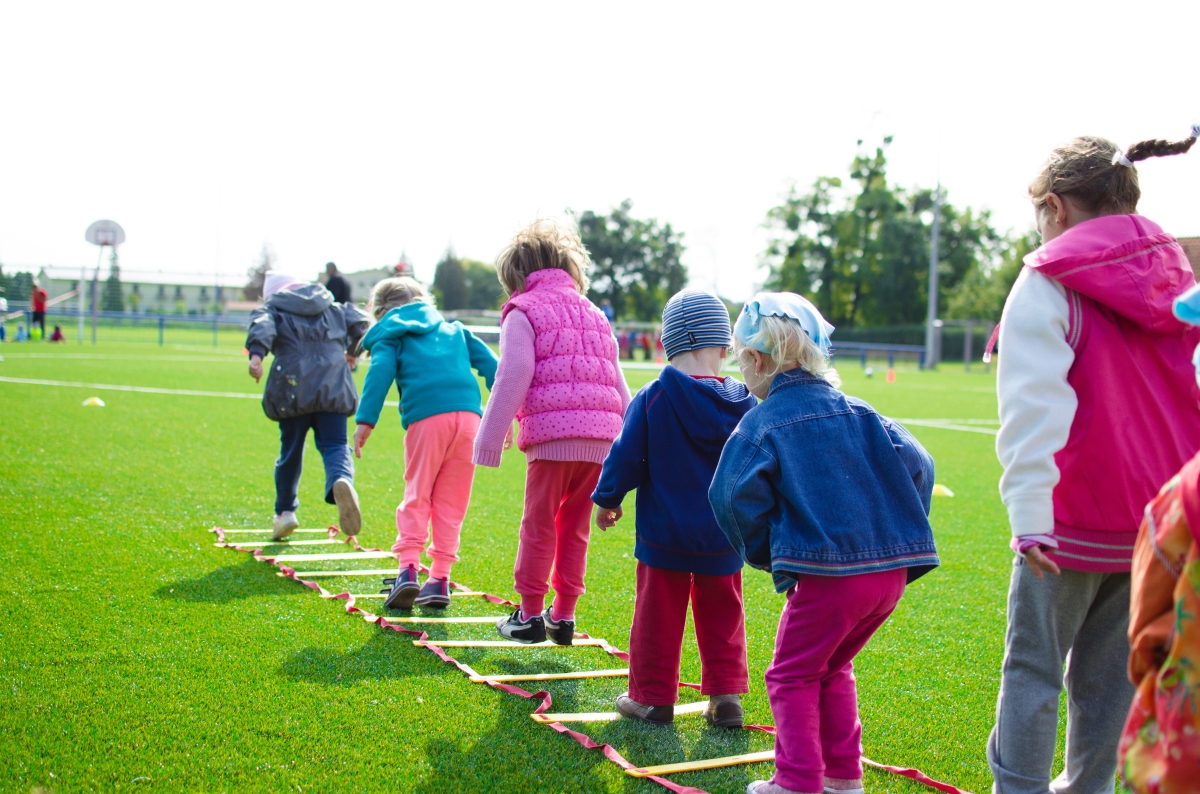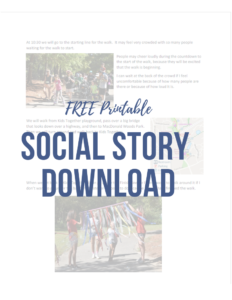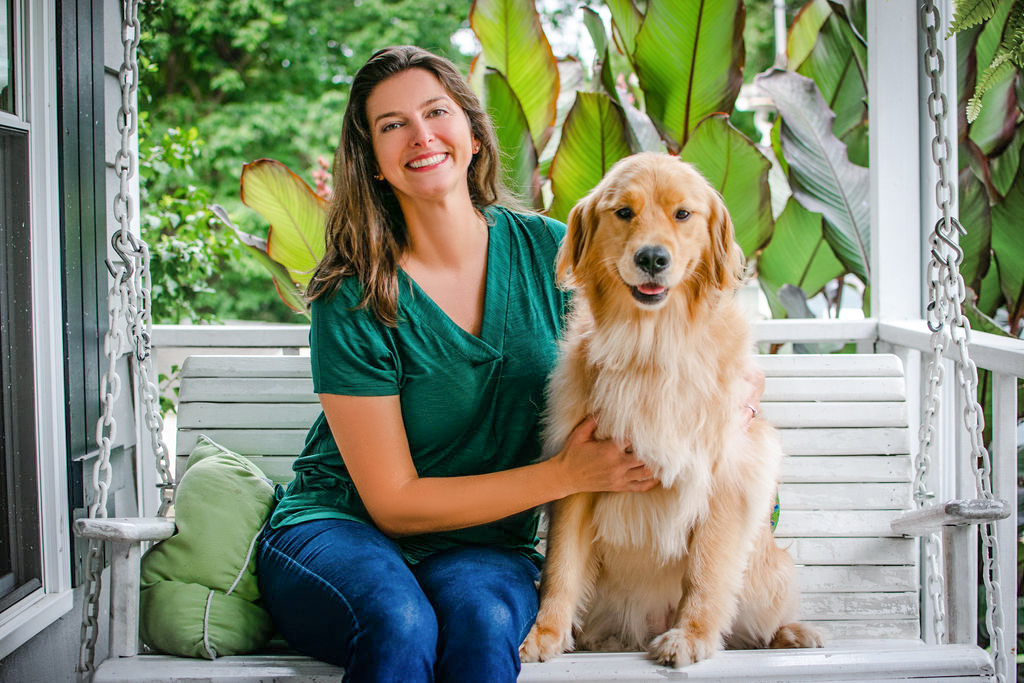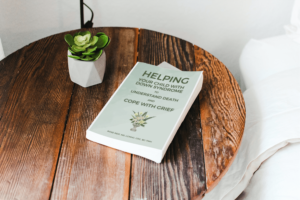Most parents of kids with Autism are familiar with Social Stories. Social stories are highly individualized documents that help kids with Autism. A Social Story lets the reader know what to expect from situations, and what they will will be expected to do. Today I’m sharing why kids with Autism might benefit from a Social Story even when visiting a familiar place.
For this example, I’m going to use a place that’s familiar to many families who live in Cary: Kids Together Playground.
Kids Together Playground
Almost every kid in Cary, North Carolina has played at Kids Together…although they might not know the playground’s name!
Most kids, including my own when they were younger, affectionately refer to Kids Together as ‘The Dragon Park’.
Kids love climbing on the statue of KATAL, the playground’s dragon mascot, who ‘lives’ in a hill overlooking the playground.

The struggle of new expectations in a familiar place
For kids with Autism, changes to the unwritten rules of social interactions and behavioral expectations can feel overwhelming.
Some even describe it as feeling like they’ve had a rug pulled out from under them. Just as they get comfortable with knowing what’s expected of them in a certain place or with a particular group of people, the rules change. It feels like everyone but them knows how and why this is happening.
Sometimes my clients say it makes them feel like it isn’t worth it to try to make friends. They worry that they’ll never really understand everything they’re expected to do, and it makes them feel hopeless.This can be especially true when they’re visiting a familiar place, but are having to adapt to new expectations.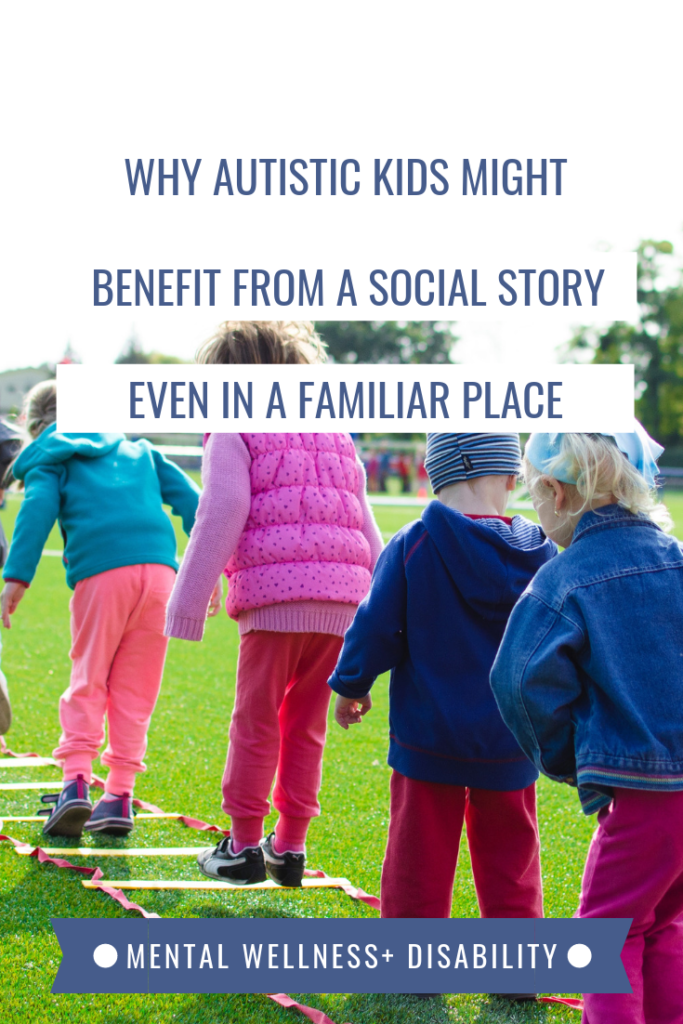
Examples might include:
A Kindergartner is pretty used to their new school. Now they want to go to school in the evening for the Halloween party.
All of their new friends and their teachers will be wearing costumes. There may be music playing, and lots of candy around.
Kids may be running, dancing, and doing other things that normally aren’t allowed during school hours.
Kids in situations like these can have a hard time finding a balance between having fun with the ‘lax’ rules, and being too quick to abandon some of their social learning (such as by not taking too much candy, not dancing too closely to others, etc.)
A child feels comfortable visiting their grandparents’ house. Now it’s time to go there to celebrate Thanksgiving with the whole family.
Unlike most meals where the child might be able to eat what they like and then leave the table, there may be the expectation that they try lots of new foods, and that they sit for a multi-course meal.
There may be an invitation to join in a prayer or a conversation about what they’re thankful for.
After the meal, they may not be able to watch their favorite show if the TV is being used for watching Football or a parade.
Kids with Autism often say (or communicate with their behavior) that lengthy family meals are hard for them to sit through patiently.
A kid loves to play at Kids Together playground. Now their family has signed up for the upcoming Walk, Run, and Roll for Inclusive Play at the Playground.
This trip to the playground will be much busier than usual. There will be lots of activities going on that don’t usually happen at the playground, like a craft station and a magic show.
Some kids may have anxiety if they just want to visit their favorite spots on the playground.
They may not understand or appreciate the cheering of the crowd at the start and finish of the walk. It’s easy to see how a visit to favorite spot could easily feel overwhelming.
In these cases the child will be very familiar with the setting. But, because something unique is going on, there are new unwritten rules and social expectations for them to adapt to.
This is a fantastic opportunity to use a Social Story, especially since your kiddo already has the benefit of being familiar with the environment they’ll be in.
Why kids with Autism might benefit from a social story even when visiting a familiar place
Creating a Social Story for these times gives your child the tools to adapt to the new expectations before they change.
A Social Story can give the child an understanding of why everyone is behaving differently. It can also let them know how to ask for help if this leaves them feeling truly overwhelmed.
The child doesn’t have to feel confused and or hopeless. Now they have a playbook for how and why this time visiting a familiar place will be different.
Below is some general guidance about Social Stories to consider.
What is a Social Story
A Social Story is a document that offers guidance to a child with Autism. It highlights what the child can expect from unfamiliar activities, social interactions, or events.
Ideally, a Social Story primes a person with Autism to feel more equipped to respond to the situation. The story gives guidance to help them self-regulate and to minimize their anxiety about new interactions or experiences.
The mechanics of a Social Story
A Social Story should be easily understood by the child it’s written for.
This usually means that authors don’t write sentences at the child’s current reading level. Instead, they write sentences at a lower reading level that the child can easily understand.
The sentences are also usually written in first person, so that the child identifies with the information as being uniquely for them.
Adding pictures, maps, and other visuals aids the child’s understanding of the new situation they’ll be facing.
How long a Social Story is will depend upon many factors. You’ll want to consider the child’s age, the duration of the new situation, etc.
Each Social Story should have a goal of eliciting only one new or desired behavior from the reader. Don’t overload the story with too many new expectations.
Ideally, the child will feel equipped to ask for a break or for help if they are having a hard time with the crowd and noise.
Six types of sentences make up Social Stories
The six types of sentences that make up social stories are:
- Descriptive sentences. These sentences share general knowledge about the purpose of the event, and the behavior of most people in the event.
- Directive sentences. Directive sentences give information to about how the child can respond in certain situations. They might also outline what the child should try to do in certain conditions.
- Affirmative sentences. Affirmative sentences clarify the shared beliefs of a group of people. The group might be a family, students in a classroom, participants or spectators at an event, etc.
- Perspective sentences. These sentences present points of view of other people in the given situation to the child. They help the child understand the behavior of others in the context of their beliefs or feelings.
- Control sentences. Control sentences use analogies to help the child internalize the new information they’ve learned in the story.
- Cooperative sentences. Cooperative sentences give information about who can help the child, and how they might help.
Most social stories will include a mix of these types of sentences.
Why I’m sharing a Social Story for the walk, run, and roll for inclusive play at Kids Together Playground
I’ve written a social story for an upcoming event that I’m really excited about.
Kids Together is an inclusive playground in Cary, North Carolina, and I’m on the playground’s Board of Directors. On Saturday, September 29, we’re going to have our annual Walk, Run, and Roll for Inclusive play.
This will be a really fun event with crafts, a walk on the greenway trail, a magician, treats, and more!
But, all that activity could be overwhelming and unexpected for a kiddo who usually just visits the playground to play.
As I mentioned above, it’s important to have only one objective for a Social Story. For this example, I’ve focused on giving the child information about what to expect and how they can cope with anxiety caused by there being more people at the playground than usual.
A Social Story for the ‘Walk, Run, and Roll for Inclusive Play at Kids Together Playground’
Click the image below to download a Social Story for the Kids Together Walk, Run, and Roll for Inclusive Play. I sincerely hope that you find this helpful!
Then, be sure the sign up for the walk by clicking here! I hope to see you there!

